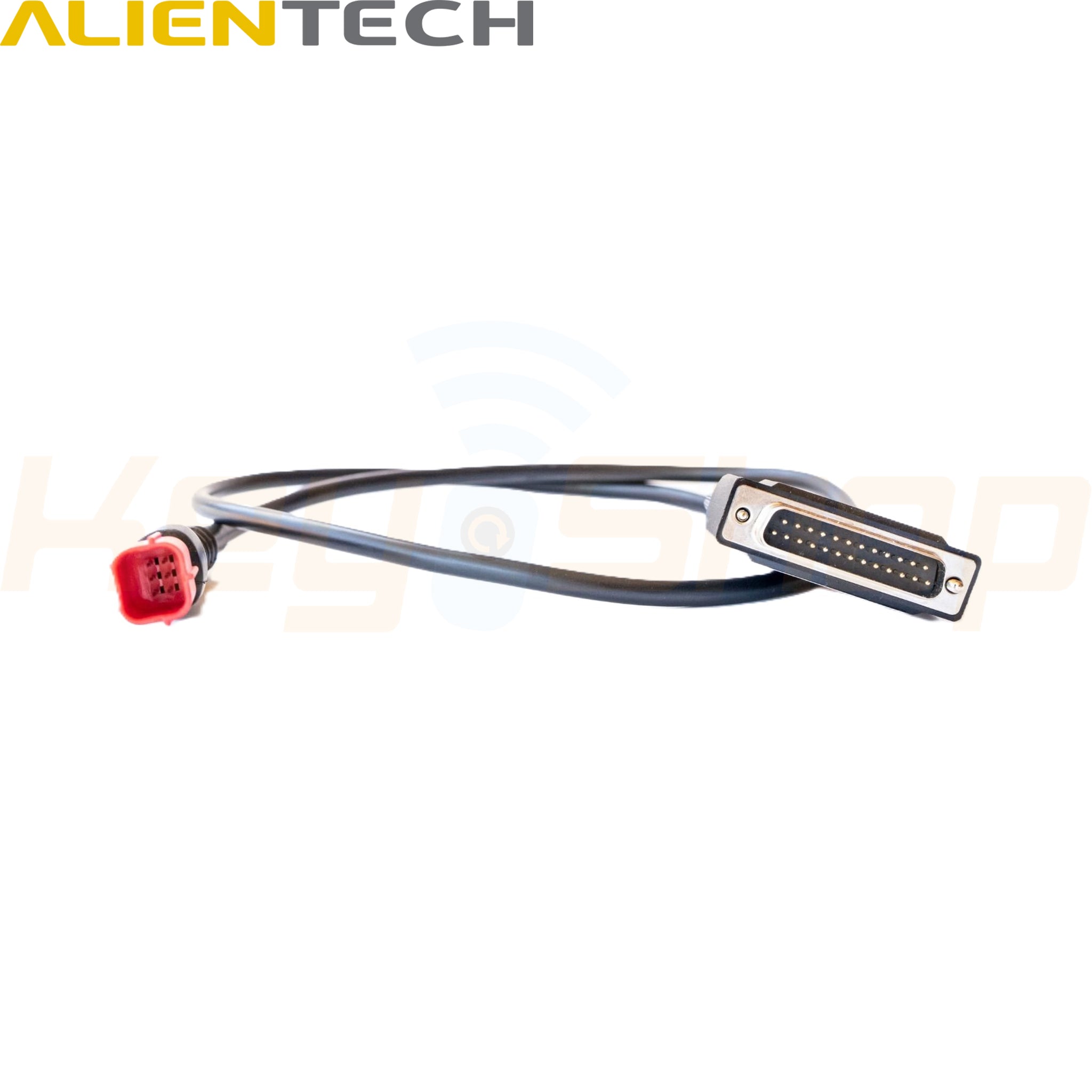9 Rules for Correct Cabling of the Modbus RS485 Communication Systems
페이지 정보

본문

By adding another 2 wires, making it a 4 wires system, it allows data transmission in both directions to and fro devices at the same time, also known as full-duplex. In this setup both the TX and RX share a single pair of wires, therefore it is limited to half-duplex data transmission as the data cannot be transmitted simultaneously to and fro each device. Variably, this time both TX and RX have their own 2 wires for data transmission. In RS485 standard, data is transmitted via two wires twisted together also referred to as "Twisted Pair Cable". RS485 at its core with 2 wires allows half-duplex data transmission. RS485 main advantages as compared to other serial communication are tolerance to electrical noise, lengthy cable runs, multiple slaves in one connection, and fast data transmission speed. The main difference between them is in the hardware. What is the difference between RS485 and RS232? The most widely used communication standard is RS232. In short, RS485 is a standard defining the electrical characteristics of serial lines for use in serial communications systems.
Commercial aircraft cabins also use RS485 for low-speed data communications. However, Arduino and Raspberry Pi hobbyists also use it for some of their projects when multiple peripherals need to be linked to the board. However, in a full-duplex setup, they are limited to a master and slave communication where slaves cannot communicate with each other. Up to 32 devices can be connected to the communication network of RS485 standard.12. Most Modbus implementations use RS485 due to the allowance of longer distances, higher speeds and multiple devices on a single network. Due to this and it being able to transmit data over long distances, the RS485 is used commonly as a protocol for POS, industrial and telecom. The design of RS485 is targeted towards it being tolerant and forgiving to noise and long cable runs with the twisted pair cable arrangement. It is known for being able to be used effectively over long distances and in electrically noisy environments. It can operate reliably over distances of up to 1.2 kilometers (about 4,000 feet) or more, making it suitable for applications requiring communication across large areas. Remarkably, RS 485 excels in extended-distance communication without requiring additional boosters, making it ideal for interconnecting machines in factories or managing communication in large buildings.
RS485 is also commonly used for building automation as the simple wiring configuration and lengthy cable length are ideal for joining remote devices. It is IP66 rated, waterproof and dustproof, which makes it ideal for long-term remote environmental monitoring in indoor and outdoor severe environments. RS485 has many advantages over other standards, especially when it comes to applications in noisy industrial environments. The twisted pairs in RS485 give immunity against electrical noise, making RS485 viable in electrically noisy environments. Noise immunity - Another smart feature of RS485 is that it is immune to electromagnetic interference from motors and welding equipment. There are different serial communication standards such as RS232, RS422 and RS485. RS485 is used as the physical layer for many standards and proprietary automation protocols to implement control systems, most commonly Modbus. These protocols are widely used in a variety of applications such as data acquisition, automation, and robotics.
Devices utilizing RS485 can communicate with central control systems using communication protocols such as Modbus and ASCII. RS485 is used in many computer and automation systems. In computer systems, RS485 is used for data transmission between the controller and a disk drive. Long-distance communication: RS 485 supports data transmission over long distances, typically up to 1200 meters at a baud rate of 9.6 kbps. The branches must be no longer than 1200 m! This distance does not include the branches (which must nevertheless be short). All the ‘A’ terminals must be connected together and all the ‘B’ terminals must be connected together respectively. If on the other hand each terminal can accept only a single cable, a proper branch must be created using three auxiliary terminals for each instrument to be connected. Modbus devices communicate using a Master-Slave technique where only one device (the Master) can initiate transactions (AKA queries). A Modbus RS485 connects a Master device to one or more Slave devices. Ultimately, it can be thought of in a way that serial communication is more made for this usage as compared to the common USB and ethernet. Now, what is rs485 cable why don’t companies just use USB or ethernet to transmit data between their devices?
- 이전글Test 24.08.05
- 다음글Mastering How to Play Online Casino 24.08.05
댓글목록
등록된 댓글이 없습니다.
